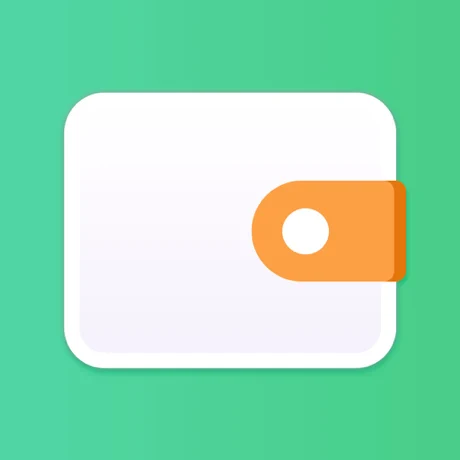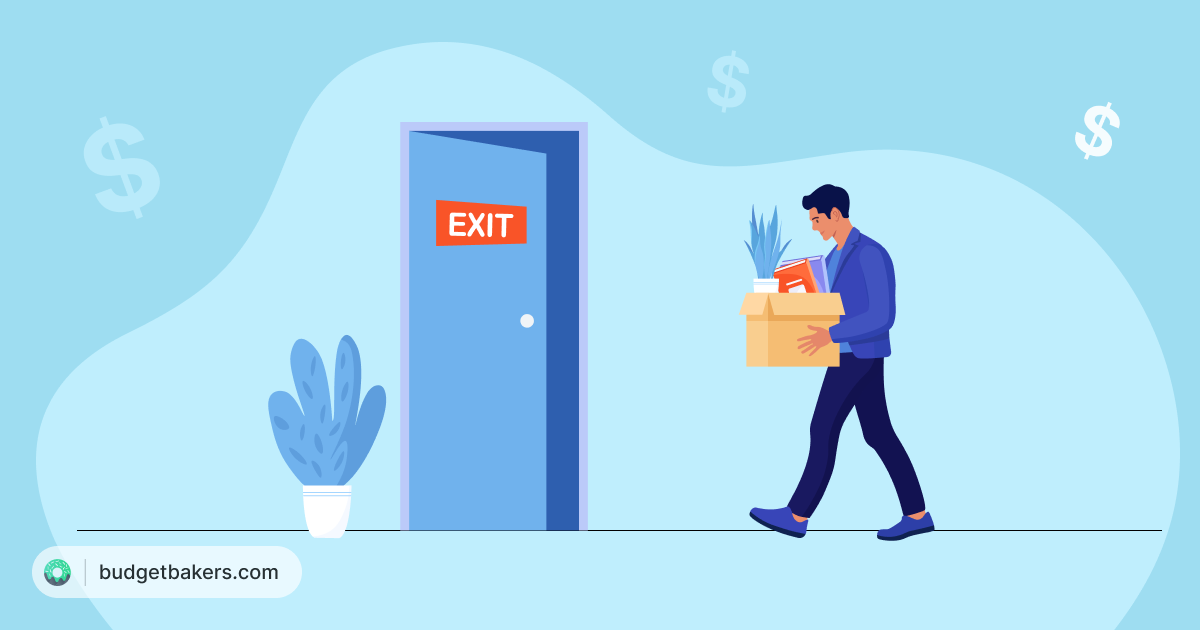Starting the work day whenever it felt right, taking off time without having to seek permission from the boss, wearing whatever felt comfortable to work in, eliminating the long, tiresome commute from the already-crammed schedule… the list of things I expected my freelance life to be was endless.
While those around me had mixed reactions when I gave up my well-paying job to go solo, with some (like my parents) expressing concern over ‘job security’ and others congratulating me on ‘being brave to fight for creative freedom’, what no one told me was that freelancing was tough.
Like, really tough.
Especially, if you aren’t prepared for it. And, if you jump into it without thinking about the money involved.
In my case, I did think about the money at first. But only to the extent that I knew I would be making more money than I was at my previous job. I was pleased at just the prospect of being my own boss and making more money without having to report to work halfway across town. I was pumped by the thought of Skype meetings, international clients and mostly just being able to work from my cosy home.
All this did happen. But… a lot of things were different.
There were no reimbursements, no commute allowances and no more free coffee. There were no more automatic tax or retirement fund deductions made from my paycheck. And, most importantly, there was no salary credited to my account on the last day of every month.
This was the biggest blow to me. I knew that I wouldn’t get a fixed income every month, but I hadn’t thought about the fact that money would arrive in spurts all throughout the month, the next month and the many months that followed!
The biggest challenge I faced as a freelancer was that, although, on paper, I earned more than I did at my full-time job, I never knew how much money I would have on me at any given point in time.
I was lost.
I lost track of how much I spent. I had to put away time to sort out my taxes. I stopped putting money away for retirement. I always felt like I never had enough money. I became extremely frugal in my ways. I started working weekends to earn more. In short, I just became increasingly anxious and stressed out.
And, thus, the dream castle I had built about an awesome life as a freelancer came tumbling down.
But it doesn’t have to be so difficult…
I learned this the hard way, which is why I’m here to offer help.
Freelancing can be fun and liberating, if you are prepared for it and fully aware of where you stand in terms of money.
Just so that you wouldn’t have to go through the same plight, here’s how you can prepare yourself financially before you take the big leap from full-time to freelancing.
5 Ways To Make Sure You Are Financially Prepared Before You Begin Freelancing
The numbers are astounding. Studies have predicted that as much as 60% of the wold’s workforce will be freelancing by 2020. And, corporations are hiring freelancers more than ever. So before you freak out about money, understand that variable income is soon going to become a norm.
All you need to transition smoothly into freelance life is proper planning. So here’s how to get started:
1. Build That Buffer Now
Okay! That’s obvious, you’re thinking. However, you’ll be surprised to know that more than 60% of Americans have little or no emergency savings. This number is around 40% in the UK and Australia, around 60% in India and close to 70% in South Africa.
So if you haven’t started yet, now is the time to actually build a buffer that will last you a decent amount of time. Ideally, freelancers are advised to put away at least six months worth of living expenses before they take the plunge. If that sounds too much to you, start by building at least a three-month cash buffer.
Remember, the amount of money you have saved is inversely proportional to the risk associated with going freelance.
You may already have some clients lined up with work offers and you may be sure that you would make enough money right from the beginning. Nevertheless, make sure to build a cash buffer, as when you have no savings to fall back on, it becomes just too easy to get trapped in the debt spiral.
Some people go one step further and build a startup fund in addition to the cash buffer. The idea being that they would dip into this startup fund for business emergencies and use the emergency fund for personal issues.
Need help figuring out how much you need to save…? Learn how to figure out the size of your emergency fund.
Or, here are some tips on how to build an emergency fund.
2. Find Out Where Your Money Goes
The next step is to take a look at your present financial situation and spending habits to get a clear picture of what to expect when you quit your job. The best way to do this is by tracking your expenses.
Make a note of each time you spend money using a system that works for you. Some people prefer to just jot it down in a notepad, some use spreadsheets and some others use an app like Wallet to keep track of what they are spending on.
Tracking your expenses for at least a month will give you an idea about how much money you will need just to pay your bills and live by. It will also give you a full picture of where you need to cut down spending.
This information, put together, will determine many important factors integral to your freelance career like your emergency fund, your hourly rate, your retirement savings and much more.
For someone who is not used to tracking their expenses, doing so might seem like a huge task. At BudgetBakers, our aim is to simplify this as much as possible and not make it feel like a boring chore. Features like Smart Assistant and One-Click Tracking on Wallet make it really easy to track your money on the go.
If you don’t want to manually type in each of your transactions, Wallet allows you to connect to your bank account as well. It will then do all the work for you by automatically syncing your spending and earning, and even auto-categorizing it for you.
Why don’t you give Wallet a try?
3. Know Your Worth And Set Your Rate
Now that you know how much money you will need as living expenses, the next step is to make sure you set a freelance rate that not just justifies your effort, talent and experience, but will also pay for your needs and wants.
It’s tricky. Most freelancers are scared to charge too much and drive away clients. We start too low and that’s probably one of the biggest mistakes we make, second only to not having a plan. The next in line of big mistakes is asking around how much others charge and setting your rates accordingly.
Of course, I’m not suggesting that you stay completely unaware of industry standards and quote an atrocious rate. What I’m saying is that…
you can’t set your rates just by mimicking someone else’s, because your money priorities could be drastically different from theirs.
Two things are most important when it comes to setting your freelance rates. First, your projected annual income or how much you want to earn in a year and second, the amount of time you can work in a year. But it’s not easy to arrive on these numbers quickly.
Author Seth Godin says that every freelancer must use the double and half formula while setting their rates. This means that they should charge double of what they would be happy to earn doing a full-time job and use half their time honing their skills and letting the world know about them.
Need help to calculate your rates? Take a look at this handy infographic. If you prefer more detailed information, here’s a guide on what to consider before setting your rates.
4. Find A Way To Match Lost Benefits
Deciding to go solo definitely involves a trade-off. You’re trading a lot of benefits that a full-time job assures you of for flexibility and freedom. List down all the benefits you’ll be giving up.
What really bothered me when I made the move was letting go of paid vacations, sick days, medical and travel reimbursements, and, of course high-speed internet. Depending on which part of the world you work from, things can get added or taken away from this list. Like, for instance, health insurance is a big question that every American freelancer has to tackle.
Make your own list and at first weigh your list to see whether you’re, in fact, ready to make the leap. If yes, then think and research of ways how to match or substitute these benefits. Most often, this can be handled by accounting for these benefits while calculating and setting your freelance rate.
So, go back to the rate you set in the last step. Here is The Remote Nomad’s guide on how to account for and match these benefits.
5. Plan For Your Future & Start Saving For Retirement

One of the things that happened quite painlessly at my full-time job was that retirement savings and tax payments were automatically deducted before I got paid. After moving to freelancing, most of us take good care of our tax payments, but we often forget about retirement savings and contributions.
Some try to hide behind the excuse that they cannot afford to save for retirement.
Remember that not saving for retirement means never being able to stop working. No matter what your age or health condition.
Not convinced you need to put away money towards such a long-term goal? Consider this: if you put away $100 into an account that pays 10% annual interest, you’ll be left with $110 after a year, almost $260 in ten years and in 40 years, you’ll have a balance of close to $4500. The math is simple.
The earlier you start saving, the more money you’ll end up with once you retire.
So look into all possible retirement fund options available for freelancers and put a plan in place. Find out if and how your present retirement fund can be rolled over to these plans. Although you’ll need to set up these retirement savings on your own, being a freelancer will give you an advantage in terms of increased deposit ceilings.
Not sure how much you need to set away every month for retirement? Try this retirement calculator to find out.
Or, learn more about the different instruments you could use.
Ready to make the big leap?
With just a bit of planning, freelancing can be all what you had dreamed of. And, there will be fewer surprises once you are on your own. It’s best to wait it out if you aren’t fully ready financially to take the plunge. Use this waiting time not just to build a safety net, but to network and market your skills.
Did you enjoy reading this? Why don’t you share it and help others who are looking to go freelance?
Over to you…


